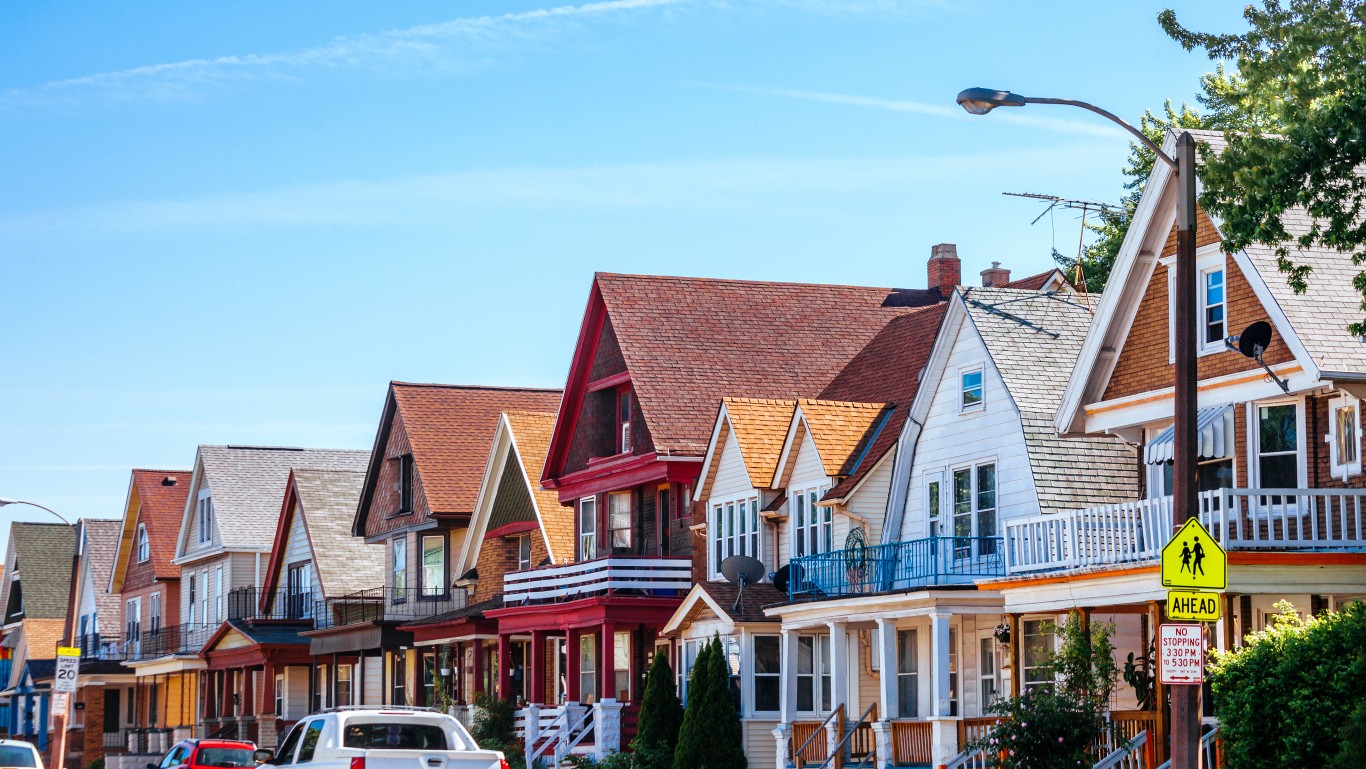
The seasonally adjusted purchase index was decreased 1% for the week ended October 10. On an unadjusted basis, the composite index increased by 6% week-over-week. The unadjusted purchase index fell by 0.3% for the week and remains 4% lower year-over-year.
Adjustable rate mortgage loans accounted for 8% of all applications, up from 7.8% in the prior week.
The MBA’s refinance index increased by 11%, after rising by 5% in the previous week. The share of refinancings increased from 56% of all applications to 59%, the highest level since February.
The average mortgage loan rate for a conforming 30-year fixed-rate mortgage decreased from 4.30% to 4.20%, the lowest rate since June of 2013. The rate for a jumbo 30-year fixed-rate mortgage dropped from 4.21% to 4.14%, the lowest since May 2013. The average interest rate for a 15-year fixed-rate mortgage declined from 3.48% to 3.41%, the lowest rate since July 2014.
The contract interest rate for a 5/1 adjustable rate mortgage loan declined from 3.20% to 3.05%, the lowest rate since June 2013. Rates on a 30-year FHA-backed fixed rate loan dropped from 4.0% to 3.90%, again the lowest since June 2013.
The MBA’s chief economist said:
Growing concerns about weak economic growth in Europe caused a flight to quality into US assets last week, leading to sharp drops in interest rates. Mortgage rates for most loan products fell to their lowest level since June 2013. Refinance application volume reached the highest level since June 2014 as a result, with conventional refinance volume at its highest since February 2014.
Lower mortgage loan rates should begin to attract more first-time buyers and perhaps increase levels of refinancing. But many homeowners refinanced before rates started rising and the increased popularity of home equity lines of credit is rising among those borrowers.
ALSO READ: America’s 50 Best Cities to Live
The Average American Is Losing Momentum On Their Savings Every Day (Sponsor)
If you’re like many Americans and keep your money ‘safe’ in a checking or savings account, think again. The average yield on a savings account is a paltry .4%1 today. Checking accounts are even worse.
But there is good news. To win qualified customers, some accounts are paying more than 7x the national average. That’s an incredible way to keep your money safe and earn more at the same time. Our top pick for high yield savings accounts includes other benefits as well. You can earn a $200 bonus and up to 7X the national average with qualifying deposits. Terms apply. Member, FDIC.
Click here to see how much more you could be earning on your savings today. It takes just a few minutes to open an account to make your money work for you.
Thank you for reading! Have some feedback for us?
Contact the 24/7 Wall St. editorial team.


